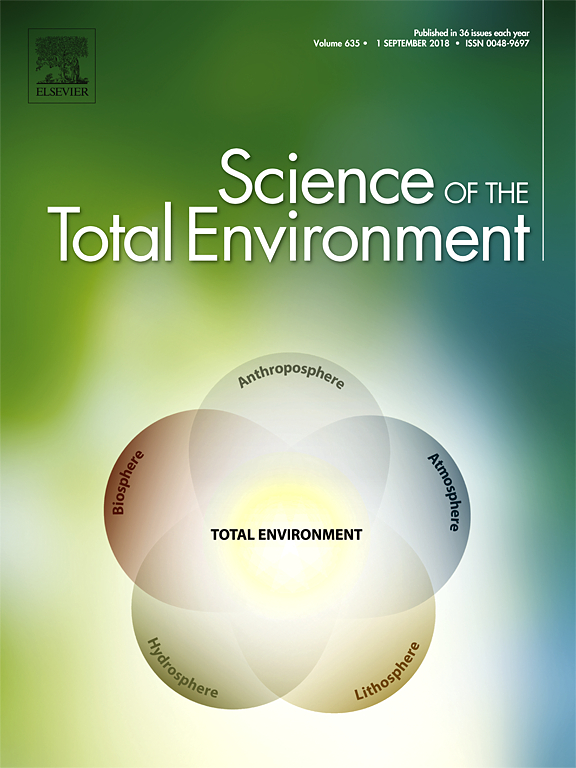Ver ítem
- xmlui.general.dspace_homeCentros Regionales y EEAsCentro Regional Patagonia SurEEA Santa CruzArtículos científicosxmlui.ArtifactBrowser.ItemViewer.trail
- Inicio
- Centros Regionales y EEAs
- Centro Regional Patagonia Sur
- EEA Santa Cruz
- Artículos científicos
- Ver ítem
Land sharing in South Patagonia: Conservation of above-ground beetle diversity in forests and non-forest ecosystems
Resumen
Land-sharing strategies, as variable retention silvicultural proposals, are useful to mitigate harmful effects of economic activities on forest biodiversity; benefits have been reported worldwide for several organisms. However, we suggest that this approach could be useful to improve beetle conservation not only in forests but also in other ecosystem types, based on the results from Southern Patagonia (Argentina). We studied above-ground beetle
[ver mas...]
Land-sharing strategies, as variable retention silvicultural proposals, are useful to mitigate harmful effects of economic activities on forest biodiversity; benefits have been reported worldwide for several organisms. However, we suggest that this approach could be useful to improve beetle conservation not only in forests but also in other ecosystem types, based on the results from Southern Patagonia (Argentina). We studied above-ground beetle communities using pitfall traps in Nothofagus pumilio forests, Mulguraea tridens shrublands, and magellanic steppes. The forests were located in Tierra del Fuego Province, while the shrublands and the steppes were in Santa Cruz Province. In forests and shrublands, we compared retention approaches (aggregated/dispersed retention harvesting in forests, and managed cut and retention strips in shrublands) vs. control situations (without harvesting/cuttings). In dry and humid steppes, both impacted by livestock, we evaluated grazed and exclusion paddocks, comparable to structural retentions (reference areas without grazing do not exist). Richness, abundance, frequency, Shannon-Wiener diversity and Pielou evenness indices, and similarity among assemblages were evaluated using univariate and multivariate statistical tests. In forests and shrublands, retention approaches (aggregated/dispersed and strips) allowed the partial or total maintenance of beetle community richness, preserving them similar to natural and non-impacted ecosystems. In dry and humid steppes, exclusion areas presented significantly different richness, abundance and diversity of arthropod assemblages, but with inverse trends: lower values in grazed areas than in exclusions in dry steppe, and higher values in grazed areas than in exclusions in humid steppe. We concluded that land-sharing could be implemented in forests and non-forest ecosystems to preserve beetle communities, being the variable retention approaches and the grazing exclusion areas good alternatives for private or public lands. Likewise, we consider that legislation to promote conservation (like National Law 26331) should not be only applicable for and implemented in forests, but also in non-forest ecosystems.
[Cerrar]

Autor
Lencinas, María Vanessa;
Sola, Francisco Javier;
Cellini, Juan Manuel;
Peri, Pablo Luis;
Martínez Pastur, Guillermo José;
Fuente
Science of The Total Environment 690 : 132-139 (November 2019)
Fecha
2019-11
Editorial
Elsevier
ISSN
0048-9697
1879-1026
1879-1026
Formato
pdf
Tipo de documento
artículo
Palabras Claves
Derechos de acceso
Restringido
 Excepto donde se diga explicitamente, este item se publica bajo la siguiente descripción: Creative Commons Attribution-NonCommercial-ShareAlike 2.5 Unported (CC BY-NC-SA 2.5)
Excepto donde se diga explicitamente, este item se publica bajo la siguiente descripción: Creative Commons Attribution-NonCommercial-ShareAlike 2.5 Unported (CC BY-NC-SA 2.5)

